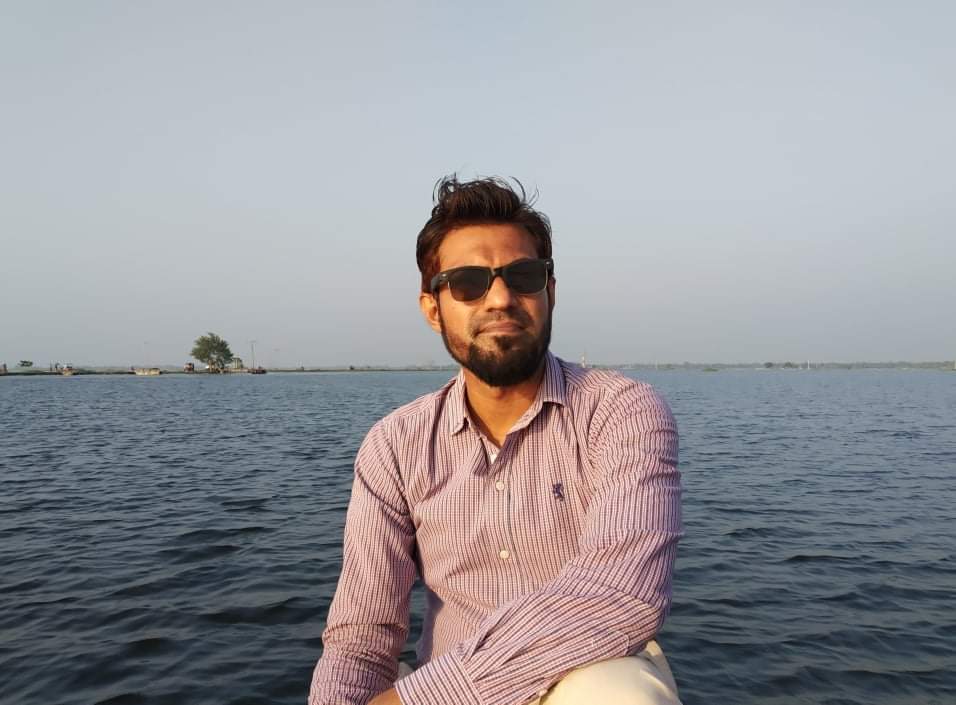Acoustic Levitation and Manipulation#
Brief Description#
The acoustic radiation force (or ARF) has been used to levitate objects in the air since 1980/90’s when Eugene Trinh did his pioneering work at the Jet Propulsion Lab. By the way, Trinh lived the dream and became an astronaut flying on the space shuttle in 1992. At the time, they and others were interested in creating micro-gravity environments (i.e. mini versions of space on earth). However, more earthly applications in container-less processing emerged.
The acoustic levitation group has experience in a wide range of techniques for controlling particles using sound waves. We build upon the whole research group’s expertise in phased arrays to create new capabilities in the control of particles using sound waves.
We are well known for our ability to levitate particles in the air. In some of our most famous work, we demonstrated one-sided acoustic levitation using a phased array https://www.nature.com/articles/ncomms9661. We also demonstrated the world’s first acoustically powered volumetric display https://aip.scitation.org/doi/10.1063/1.5113467.
However, our widest-reaching work in this area was also one of the simplest: the creation of the TinyLev https://aip.scitation.org/doi/10.1063/1.4989995. This is a low-cost, open-source acoustic levitator which, thanks to its ease of use, accessibility and low cost, has been used for a whole range of scientific applications, as well as being hugely popular amongst hobbyists and science communicators. The instructions are available on Instructables https://www.instructables.com/Acoustic-Levitator/ and a kit can be purchased for as little as $70 (at the time of writing).
We also manipulate particles in water. We were part of a cross-university team which created a powerful set of acoustic tweezers capable of manipulating individual microparticles https://aip.scitation.org/doi/10.1063/1.4870489
Associated Researchers#
1. Mario Ortega Sandoval
{ mario.ortegasandoval@bristol.ac.uk }

2. Riaz Pervez
{ av20440@bristol.ac.uk }

3. Chris Stone
{ c.stone@bristol.ac.uk }

4. Dr. Luke Cox
{ luke.cox@bristol.ac.uk }

5. Professor Bruce Drinkwater
{ B.Drinkwater@bristol.ac.uk }

Research Topics#
Current#
Acoustic manipulation of micro-particles underwater
Researching particle acoustic manipulation underwater in the 3 dimensions. The goal is to optimize current manipulation devices targeting biomedical applications.
Ultrasonic Tweezers for Micro-assembly
In principle, ultrasonic tweezers can manipulate any material and have been shown to be delicate enough to manipulate cells without harming them. Hence, this technology has the potential to both improve and complement existing manipulation technologies, but it also enables completely new manipulation and manufacturing applications. In this project, ultrasonic tweezers will be developed to manipulate solid components on the scale of micrometres to millimetres. The application focus will be on assembling parts as is required for micro-scale manufacturing operations, for example, the electronic components in a system such as a mobile phone. Successful manipulation is achieved by creating a convergent force field to grip the object using an array of ultrasonic sources or a phase plate.
Time independent fluid flows can be induced by the attenuation of acoustic energy
It is a second order phenomenon, and for bulk-driven flows (where the attenuation occurs in the bulk of the fluid) only becomes significant at very high acoustic powers and/or frequencies. The behaviour of high-powered ultrasonic transducers (25-40 kHz) and their resulting streaming fields have been characterised, and the potential applications for this form of acoustic streaming are being explored, such as the manipulation of turbulent boundary layers for flow control.
Prospective / Future#
Though acoustic tweezers have come a long way in recent years there is always more to do! We aspire to continue to develop new techniques to increase the capabilities of such devices. We are also interested in developing new applications. In particular, acoustic tweezers have many promising applications in the life sciences where we are supporting development via exciting collaborations. (Under Dr. Luke Cox and Professor Bruce)
Papers#
Collaborators#
The Armstrong Group
We are currently collaborating with The Armstrong Group at the University of Bristol to support their development of new ultrasound-based technologies for driving the assembly of biomaterials and engineered tissues. https://thearmstronggroup.co.uk/
Max Plank Institute for Intelligent Systems: Micro, Nano and Molecular Systems Group
We worked with this group to join our expertise in phased arrays with their expertise in acoustic holograms to demonstrate the capabilities of combining these two powerful techniques. The published work on this can be found here: https://journals.aps.org/prapplied/abstract/10.1103/PhysRevApplied.12.064055 and The group’s information can be found here: https://pf.is.mpg.de/
Facilities#
Ultrasonic Levitation in mid-air https://user-images.githubusercontent.com/97747467/200852336-9bac02cb-e5ac-4c65-be64-08f65347ff57.mp4
Ultrasonic Levitation in liquid
